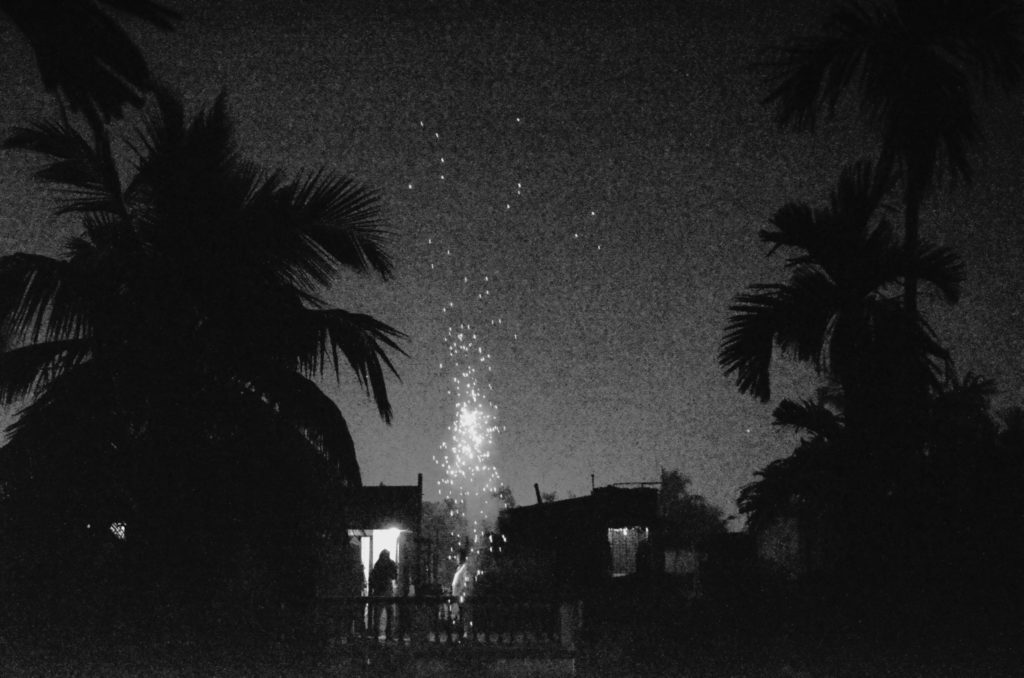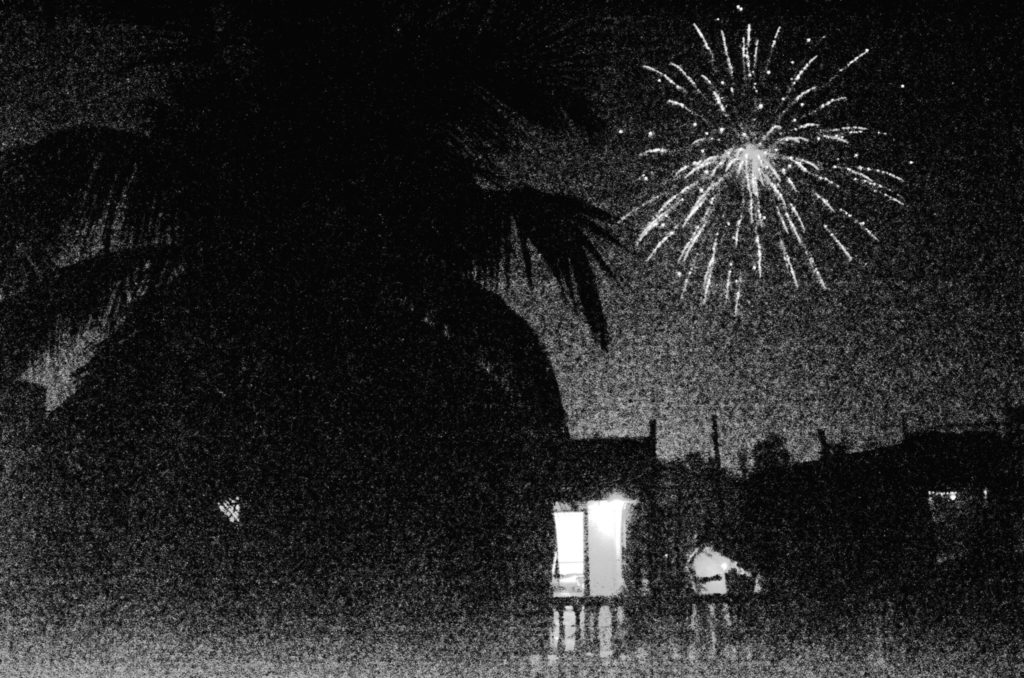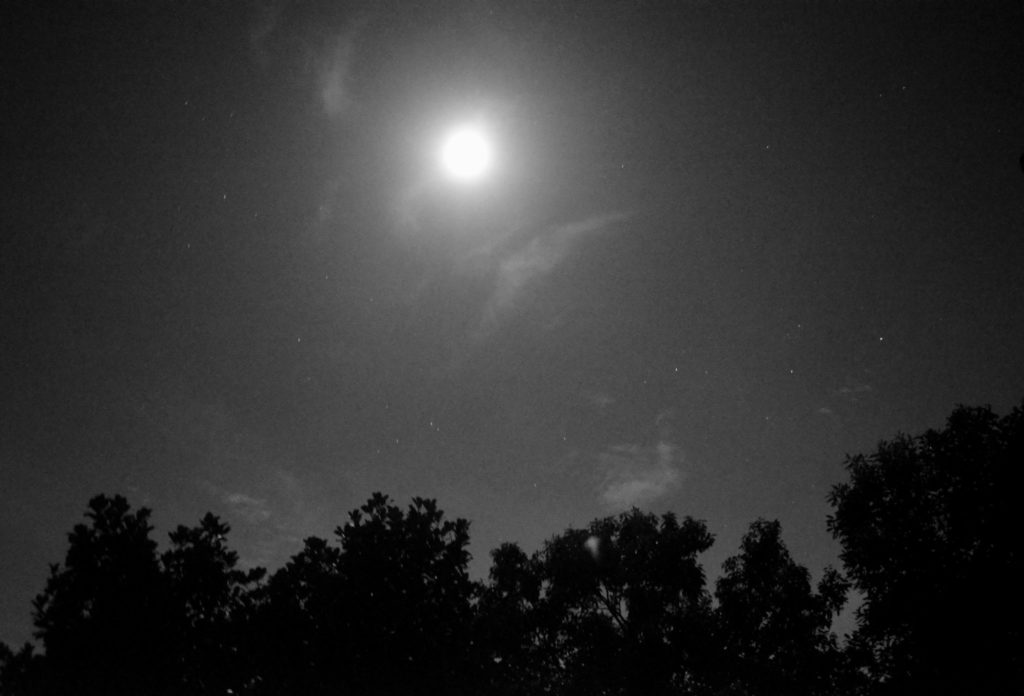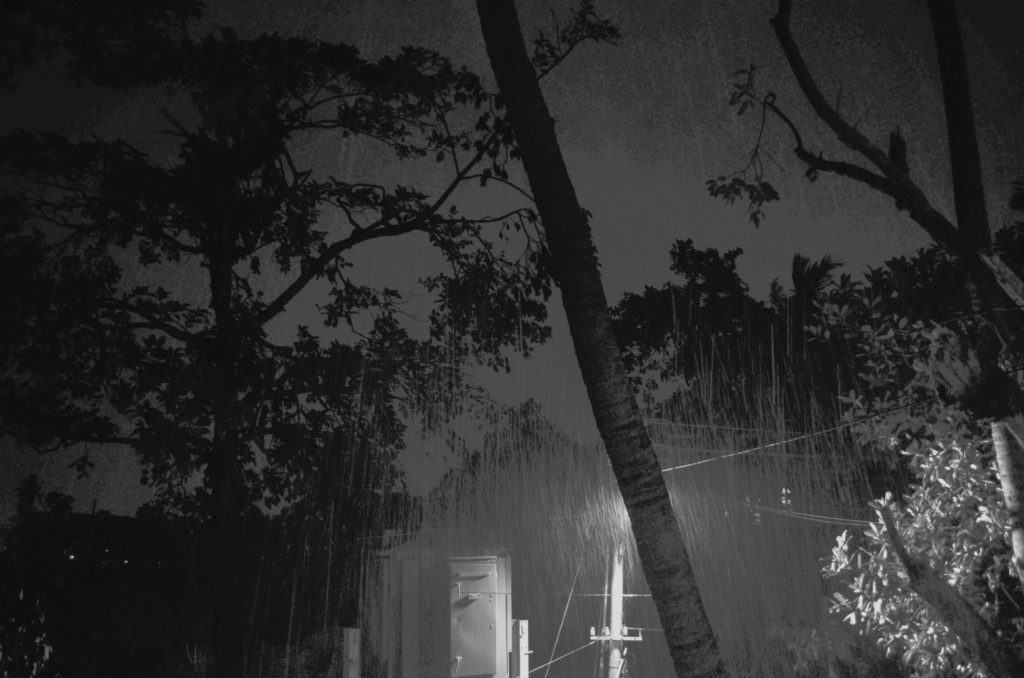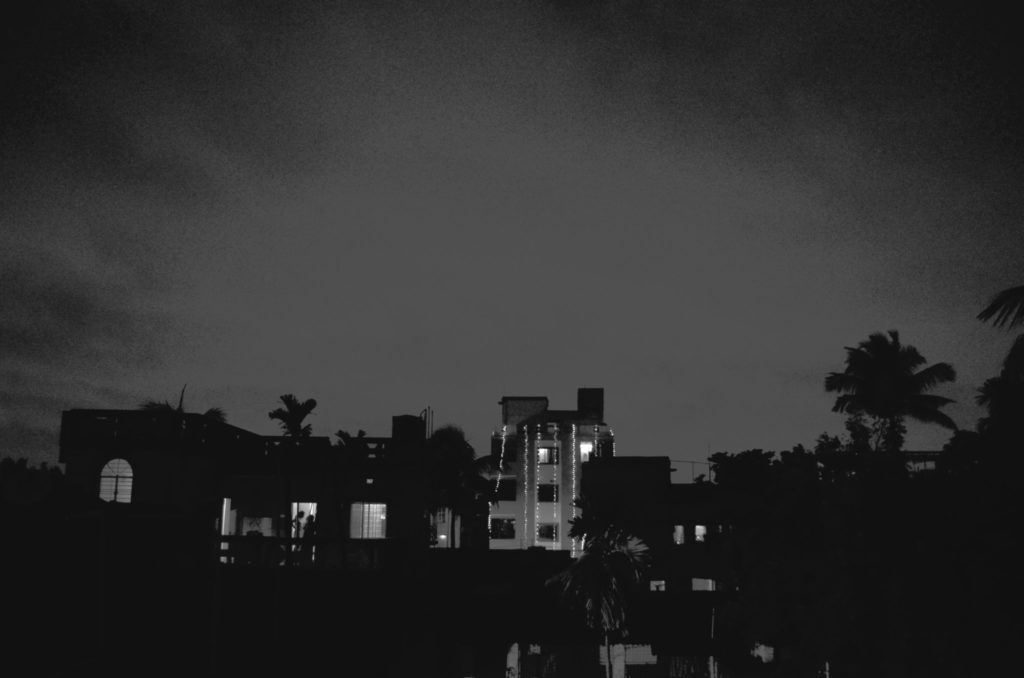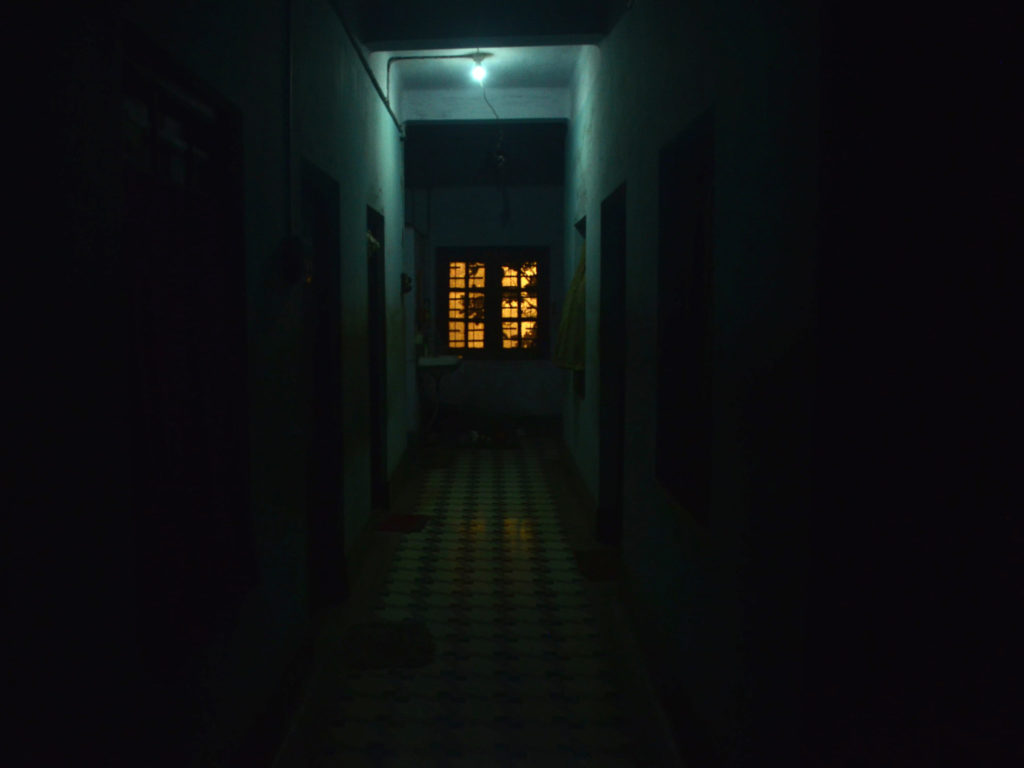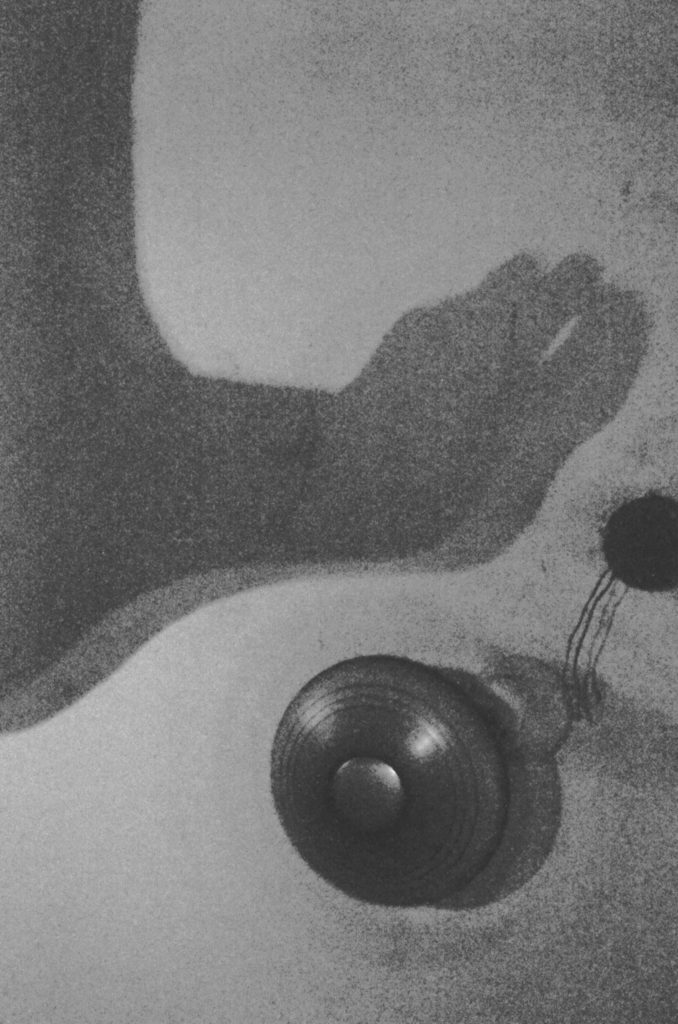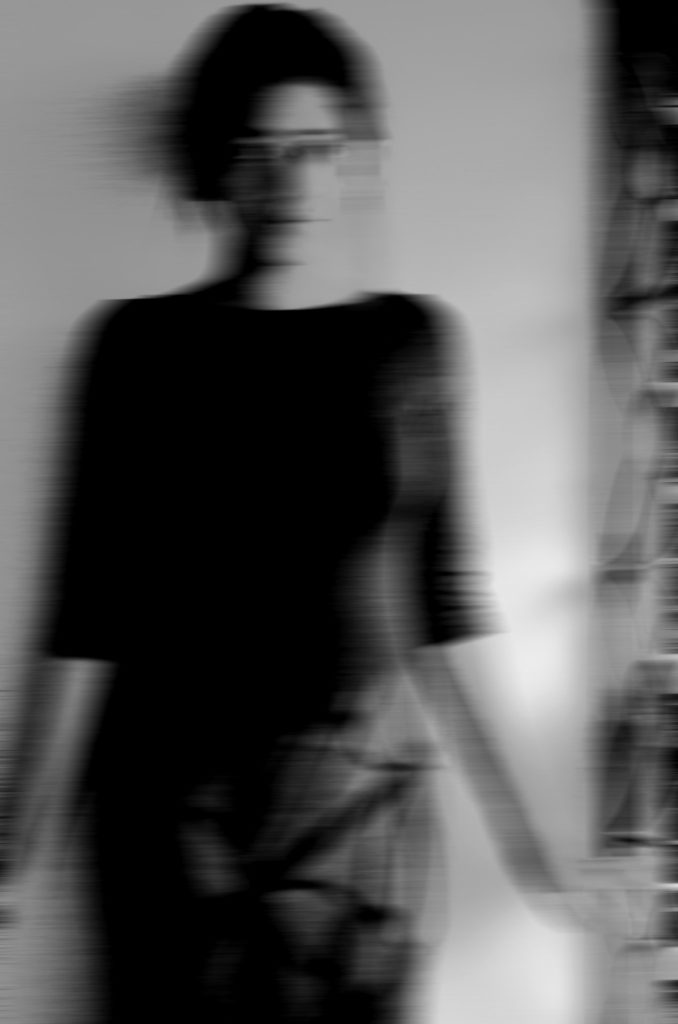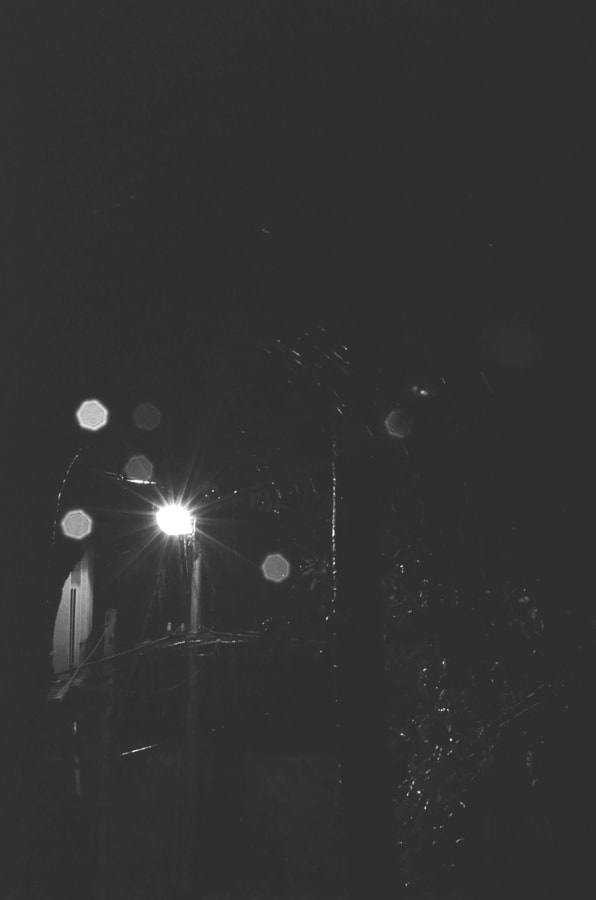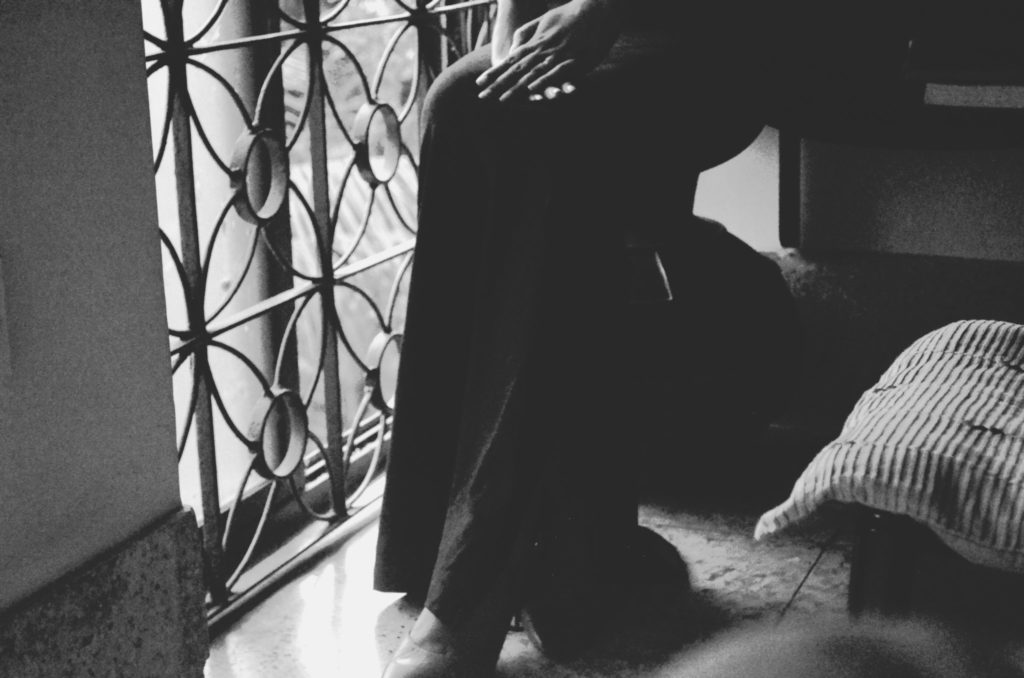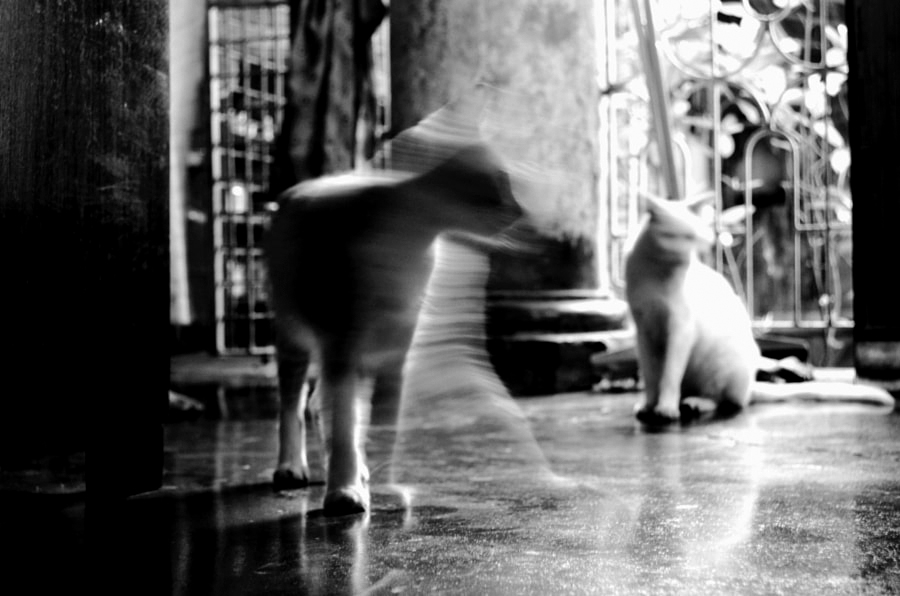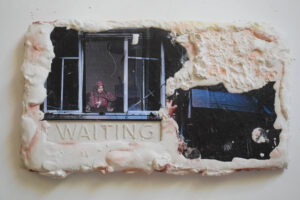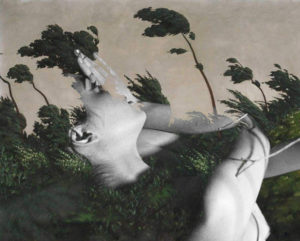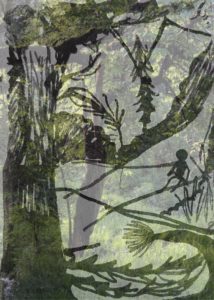Home.
Tethered to a location, a space, an interior – home is almost always irrevocably marked by temporal shifts.
Einstein’s famous theory on space-time is perhaps best captured by our cultural fascination with ‘haunted houses’. A typical architectural space with its own understanding of time and, some might even argue, physics. My photographs are about how we see and perceive the most banal surroundings. About the everyday, which constitutes ‘home’ as a perpetually haunted space; Understanding haunting as a method – a practice – of seeing our environment in a particular light.
Haunting and illumination have always been troubled bedfellows.
Light cannot exist without casting a shadow; it obscures as much as it reveals. While the rationale of haunting has always been about ‘bringing to light’ what remains repressed, any exercise in following light can lead us into eerie domains of the everyday, turning a more familiar visual narrative into something strange. All sources of light, cosmic, terrestrial, rural, or urban, will deliver its stranger cousin.
A common misconception about the absence of light – and by extension, haunting – is that it instills a sense of fear or dread in its witnesses. But the sensory experiences gathered by witnessing a haunted scape or image surpasses stereotypical responses of fear and can often leave us with a heightened sense of stupor. The feeling is almost akin to a sense of peace, quite the opposite of fear induced turmoil. As per Bengali belief systems, afternoons and nights are most conducive for haunting. This means that the safe boundaries of home are most susceptible to these temporal intrusions.
As a documentation of space, of everyday, the visual narratives which emerged closest to haunting are thus, invariably, marked by similar passages in time, coinciding with traditional beliefs. Albeit, unknowingly.
